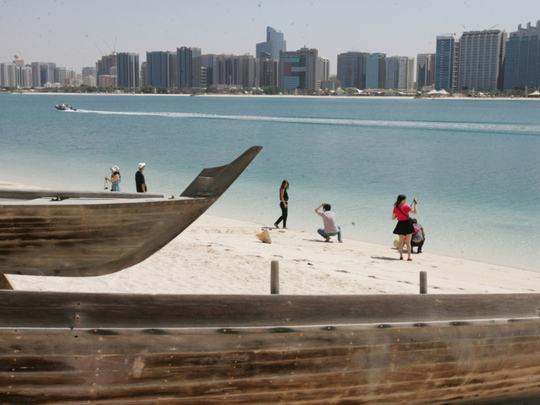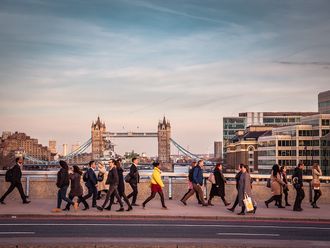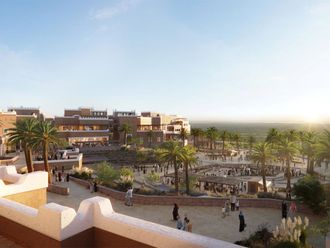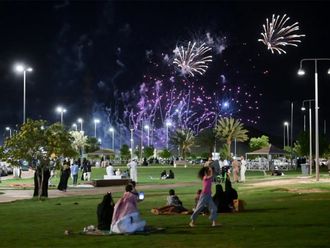
Abu Dhabi: Hotels in Saudi Arabia’s Makkah and Madinah were the only ones in the Middle East to experience higher revenues per available room during Ramadan 2016, as hotels in other key cities saw a decline in key performance indicators.
According to the latest data from STR, the US-based data provider, Dubai’s hotels reported flat occupancy rates in Ramadan, which was in June, and an 11.6 per cent decline in Average Daily room Rates (ADR) compared to Ramadan 2015.
Meanwhile, Abu Dhabi’s hotels reported a 7.7 per cent drop in occupancy rate, and a 7.2 per cent fall in ADR.
“The decline in Ramadan is consistent with the trends we see every year. The performance is considered to have fallen year-on-year as the holy month of Ramadan, which generally coincides with lower travel demand in the region, moved further into June,” said Rashid Aboobacker, associate director at TRI Consulting.
The drop in performance indicators in the UAE in Ramadan is a continuation of the trend that was seen in prior months, with an 8.9 per cent drop in Dubai’s room rates during the first five months of 2016, according to figures from HotStats, another data provider.
“The main risks facing hotels in the UAE are primarily demand-driven, and include the impact of Brexit on tourism arrivals and the impact of currency fluctuations in source markets.
A stronger US dollar (to which the UAE dirham is pegged) and weaker British pound and Euro could lead to a decline in demand to the UAE from European markets whilst also causing a rise in outbound tourism to these countries from the UAE, which will negatively impact domestic demand,” Aboobacker said.
Occupancy
Elsewhere in the region, occupancy rates went up 3.9 per cent in Makkah, as room rates rose 4.3 per cent in Ramadan 2016 compared to the same month in 2015. This sent Revenue Per Available Room (RevPAR) up 8.3 per cent, the STR report said.
In Madinah, occupancy was also up 1.5 per cent, as ADR rose 1.1 per cent, and RevPAR grew 2.6 per cent in Ramadan.
In Ramadan, the increased number of Muslims visiting Makkah and Madinah for pilgrimage (umrah), drive up demand for hotels.
It was Muscat, however, that saw the steepest decline in RevPAR — down to -24.8 per cent in Ramadan from -18.6 per cent in the first five months of the year. The drop in revenues was mostly due to lower ADR, which fell 14 per cent.
In Manama, hotels were also heavily affected by Ramadan, with STR’s data showing a 12.7 per cent decrease in ADR, which led to an 18.9 per cent plunge in RevPAR.












